Do you have a question about the Cessna U206G STATIONAIR and is the answer not in the manual?
Provides an overview of the section's content and purpose.
Details about the aircraft's engine, propeller, fuel, and oil systems.
Specifies the maximum takeoff and landing weights for the aircraft.
Defines common terms, symbols, and abbreviations used in the manual.
Describes the operation of engine controls and the function of instruments.
Defines terms related to aircraft weight and balance calculations.
Defines aircraft speed restrictions for safe operation.
Lists operational restrictions for the engine and propeller systems.
Details acceptable limits for engine parameters like torque and temperature.
Specifies the maximum allowable weights for takeoff and landing.
Defines the forward and aft limits for the aircraft's center of gravity.
Lists restrictions and requirements for fuel usage.
Describes required aircraft placards and their locations.
Lists recommended airspeeds for various emergency flight conditions.
Details procedures for handling engine failures during different flight phases.
Outlines procedures for making forced landings with and without engine power.
Provides procedures for dealing with engine, electrical, cabin, and wing fires.
Details procedures for handling inadvertent encounters with icing conditions.
Describes procedures for addressing electrical system failures.
Lists recommended airspeeds for normal flight phases.
Outlines the comprehensive preflight inspection checklist.
Describes the step-by-step engine starting sequence.
Details normal and short field takeoff procedures.
Describes normal and short field landing procedures.
Outlines procedures for properly securing the aircraft after flight.
Explains the purpose and use of performance data charts.
Provides data for correcting airspeed readings under different conditions.
Lists stall speeds for various flap settings and bank angles.
Provides takeoff distance data for short field operations at 3600 lbs.
Lists maximum climb rates at different altitudes and weights.
Details cruise performance data like torque, speed, and fuel flow.
Provides landing distance data for short field operations at 3600 lbs.
Explains the purpose of weight and balance data and equipment lists.
Provides example forms for calculating aircraft weight and balance.
Lists installed aircraft equipment, including weights and arms.
Describes the layout and function of the aircraft's instrument panel.
Provides a description of the Soloy Turbine Pac engine and its components.
Describes the operation of the power, propeller, and fuel cutoff controls.
Lists and describes the function of various engine instruments.
Describes the aircraft's fuel system, including tanks and indicators.
Describes the aircraft's electrical power supply system.
Explains the purpose of the section regarding ground handling and servicing.
Provides procedures and cautions for ground handling the aircraft.
Outlines procedures for properly securing the aircraft for tie-down.
Provides information on engine oil specifications and levels.
Details fuel types, additives, and handling procedures.
Provides information on landing gear tire pressures and strut maintenance.
Explains the purpose of the supplements section.
Describes the bleed air heater kit, its installation, and operation.
Describes the engine inlet anti-ice kit and its operational procedures.
Describes the continuous ignition kit and its safety features.
Provides an overview of the section's content and purpose.
Details about the aircraft's engine, propeller, fuel, and oil systems.
Specifies the maximum takeoff and landing weights for the aircraft.
Defines common terms, symbols, and abbreviations used in the manual.
Describes the operation of engine controls and the function of instruments.
Defines terms related to aircraft weight and balance calculations.
Defines aircraft speed restrictions for safe operation.
Lists operational restrictions for the engine and propeller systems.
Details acceptable limits for engine parameters like torque and temperature.
Specifies the maximum allowable weights for takeoff and landing.
Defines the forward and aft limits for the aircraft's center of gravity.
Lists restrictions and requirements for fuel usage.
Describes required aircraft placards and their locations.
Lists recommended airspeeds for various emergency flight conditions.
Details procedures for handling engine failures during different flight phases.
Outlines procedures for making forced landings with and without engine power.
Provides procedures for dealing with engine, electrical, cabin, and wing fires.
Details procedures for handling inadvertent encounters with icing conditions.
Describes procedures for addressing electrical system failures.
Lists recommended airspeeds for normal flight phases.
Outlines the comprehensive preflight inspection checklist.
Describes the step-by-step engine starting sequence.
Details normal and short field takeoff procedures.
Describes normal and short field landing procedures.
Outlines procedures for properly securing the aircraft after flight.
Explains the purpose and use of performance data charts.
Provides data for correcting airspeed readings under different conditions.
Lists stall speeds for various flap settings and bank angles.
Provides takeoff distance data for short field operations at 3600 lbs.
Lists maximum climb rates at different altitudes and weights.
Details cruise performance data like torque, speed, and fuel flow.
Provides landing distance data for short field operations at 3600 lbs.
Explains the purpose of weight and balance data and equipment lists.
Provides example forms for calculating aircraft weight and balance.
Lists installed aircraft equipment, including weights and arms.
Describes the layout and function of the aircraft's instrument panel.
Provides a description of the Soloy Turbine Pac engine and its components.
Describes the operation of the power, propeller, and fuel cutoff controls.
Lists and describes the function of various engine instruments.
Describes the aircraft's fuel system, including tanks and indicators.
Describes the aircraft's electrical power supply system.
Explains the purpose of the section regarding ground handling and servicing.
Provides procedures and cautions for ground handling the aircraft.
Outlines procedures for properly securing the aircraft for tie-down.
Provides information on engine oil specifications and levels.
Details fuel types, additives, and handling procedures.
Provides information on landing gear tire pressures and strut maintenance.
Explains the purpose of the supplements section.
Describes the bleed air heater kit, its installation, and operation.
Describes the engine inlet anti-ice kit and its operational procedures.
Describes the continuous ignition kit and its safety features.
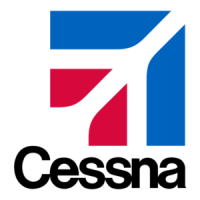

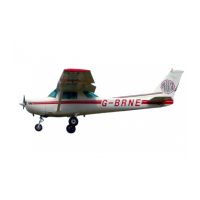
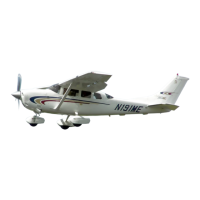
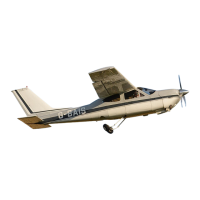

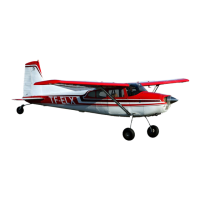
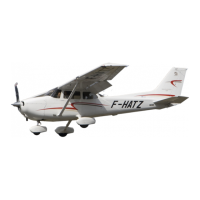
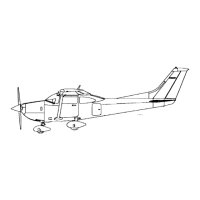

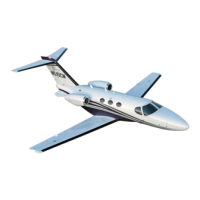
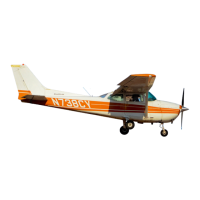
